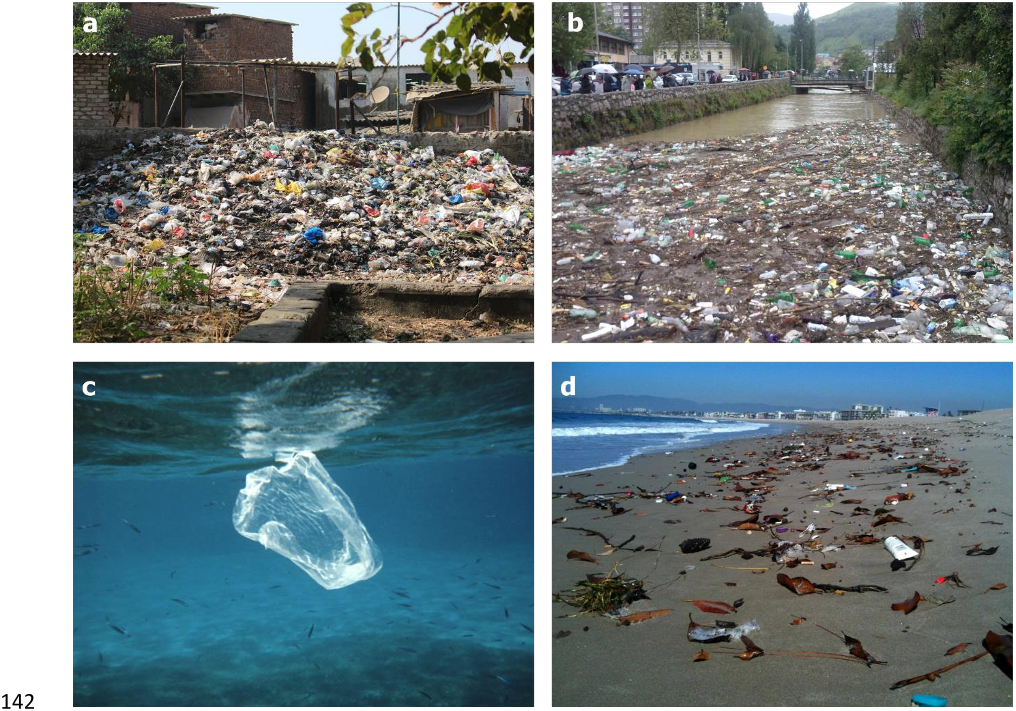




read more








It is estimated that throughout Europe, between 125-90 850 tons of microplastics per million inhabitants are added annually to agricultural soils as a 91 result of sewage sludge application.
Microplastics in the atmosphere 148It has recently been recognised that due to their lightweight nature, many microplastic 149 particles will become suspended and transported within the air as ‘urban dust’.31, 32 These 150commonly originate from road dust (e.g. tyre and paint particles) and fibres from synthetic 151 textiles, especially from soft furnishings5, 33 and can lead to deposition of microplastics to land 152 or aquatic environments.
107Larger plastic items can enter the freshwater environment through inadequate waste 108 disposal, either through littering or loss from landfill and transported from land via wind or 109surface runoff.
45 200The density and shape of microplastic particles will have important effects on their 201 transport and retention in sediments.
Wastewater treatments plants are quite effective at removing 88 microplastic particles from the wastewater stream, often with ~99% removal,18-20 and many of 89 these particles will settle to the sludge.
17 Horton et al.21 calculated that 473,000-910,000 metric 92 tonnes of plastic waste is retained within European continental environments (terrestrial and 93 freshwater) annually, which includes microplastics derived from sewage sludge, in addition to 94 predicted inputs of litter and inadequately managed waste.
160161 3. Transport processes 162It is widely considered that the ocean represents a sink for a large proportion of 163 microplastics, with the terrestrial and freshwater environments acting as important sources 164 and pathways for microplastics to the sea.4, 35 Due to their lightweight nature and potential for 165 widespread dispersal it is also likely that air currents act as a means of particulate transport, 166 contributing to microplastic contamination on land and within aquatic systems.
Despite the buoyancy of many plastics, where river energy drops, for 192 example in slow-moving sections of water, it is likely that microplastics will settle out along 193 with sinking sediment particles.
218219Polymer name Abbreviation Density (g/cm3) Polystyrene (non-expanded) PS 1.04-1.08 a Expanded polystyrene EPS 0.015-0.03 b Low-density polyethylene LDPE 0.89-0.94 a High-density polyethylene HDPE 0.94-0.97 a Polypropylene PP 0.89-0.91 a Polyvinyl chloride PVC 1.3-1.58 a Polyethylene terephthalate PET 1.29-1.4 a Polyester - 1.01-1.46 a Polyamide (nylon) - 1.13-1.35 c220Table 1. Densities of commonly-used polymers.